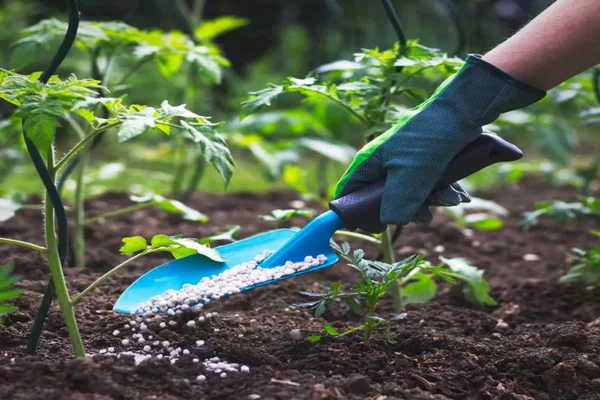Non-Urea Fertilizers such as di-ammonium phosphate (DAP), muriate of potash (MOP) and all other such fertilisers that receive nutrient-based subsidy (NBS) support are brought under “reasonable pricing” controls.
Central Government’s Recent Decision:
- They have set maximum profit margins: 8% for importers, 10% for manufacturers, and 12% for integrated manufacturers.
- Companies must refund profits exceeding these margins.
Evaluation Process:
- Companies are required to self-assess profits based on cost auditor reports.
- They must submit these reports by October 10 of the following year.
- The Department of Fertilisers will review MRPs by February 28 each year.
Impact of New Guidelines:
- These guidelines indirectly control MRPs for non-urea fertilizers.
- They extend cost monitoring and price control from urea to other fertilizers.
- All cost aspects, including production and overheads, are considered in pricing.
About Nutrient-Based Subsidy (NBS) Scheme:
- It was introduced in April 2010.
- It aims to let companies set market-determined MRPs for fertilizers.
- The government provides a fixed subsidy per tonne, based on nutrient content.
Objectives:
- Balanced Fertilization: Encouraging balanced soil fertilization to improve agricultural productivity and farm returns.
- Scope: The scheme covers a wide range of fertilizers, including those enriched with secondary and micronutrients such as boron and zinc.
- Reducing Subsidy Burden: Aims to foster the growth of the local fertilizer industry and reduce the government’s subsidy burden.
Features:
- Subsidy Determination: Subsidies are fixed annually based on the nutrient content of fertilizers.
- Price Flexibility: Manufacturers and marketers of fertilizers have the freedom to set the Maximum Retail Price (MRP).
- Broad Coverage: The scheme includes 22 deregulated fertilizer grades, including DAP, MAP, TSP, MOP, and others.
Challenges and Issues:
- Imbalance in Fertilizer Use: There’s a significant reliance on urea, leading to an imbalance in fertilizer use.
- Impact on Economy and Soil Health: Concerns about the scheme’s impact on the fiscal health of the economy and soil health.
- Suggestions for Improvement: Proposals include incorporating urea into the NBS scheme and adjusting pricing and subsidy rates.
Ref: Source
| UPSC IAS Preparation Resources | |
| Current Affairs Analysis | Topperspedia |
| GS Shots | Simply Explained |
| Daily Flash Cards | Daily Quiz |
Frequently Asked Questions (FAQs):
What are the new profit margin caps set by the government for non-urea fertilizers?
The government has set maximum profit margins of 8% for importers, 10% for manufacturers, and 12% for integrated manufacturers of non-urea fertilizers.
What must companies do if their profits exceed the set margins?
Companies must refund profits exceeding the set margins.
By when must companies submit their self-assessed profit reports?
Companies must submit their self-assessed profit reports by October 10 of the following year.
What is the objective of the Nutrient-Based Subsidy (NBS) Scheme?
The objective of the NBS Scheme is to encourage balanced soil fertilization, improve agricultural productivity, and reduce the government’s subsidy burden.


